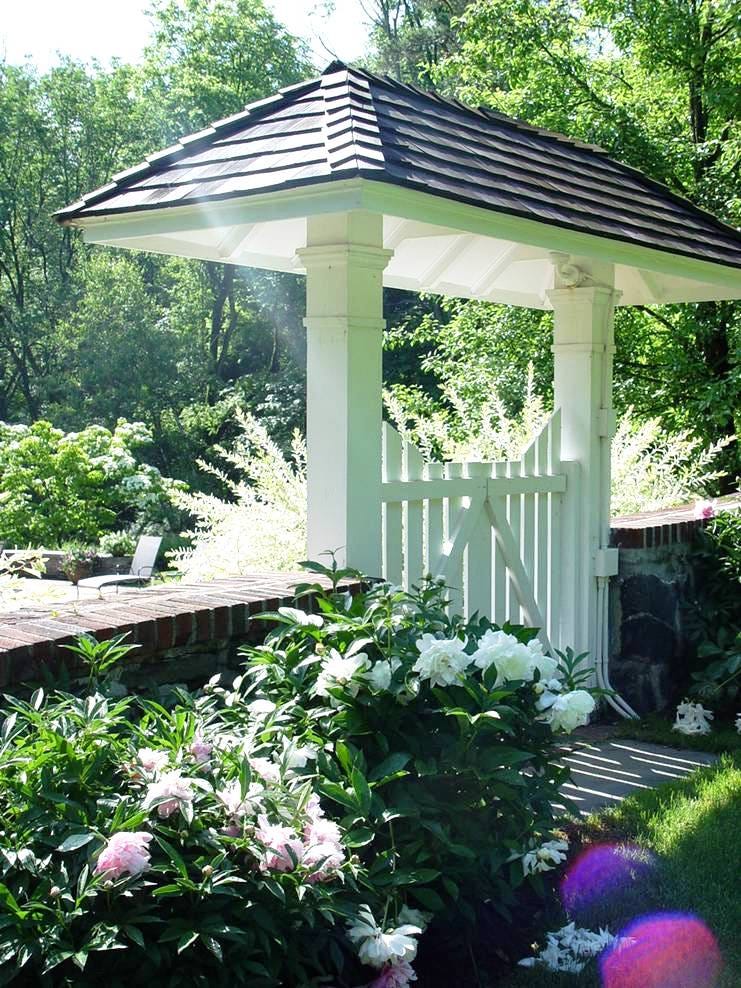The siren call of delightful flowers is hard to resist. And they are an important part of our living world, offering food and habitat to our threatened pollinators such as bees, birds, butterflies, and more. Indeed, the sole task of flowers—with their color, fragrance, and form—is to be pollinated. Without that, we would not have any seeds or fruit! Sadly, global evidence suggests that our pollinator populations are declining rapidly. It is a slow-moving catastrophe. This is due to pesticide use and habitat destruction. What can you do to bring back the pollinators?
Plant More Flowers.
Not only will you be helping our pollinators but it is so wonderful to open the door to the sight of colorful blooms in an outdoor space. The more flowers you plant, the happier you and your pollinators will be!
Plant nectar-rich flowers.
Plant in pots, garden beds, along the sidewalk. Anywhere. If you have a sunny open spot, some shelter from wind, and can provide fresh water, then you have an opportunity to create a pollinator haven. A pot of happy yellow marigolds is simple enough. Just make sure you buy plants or seeds that are NEO-NIC free! Not treated with deadly Neonicotinoid systemic pesticides such as Bayer All-in-One Rose & Flower Care or Ortho Bug B Gon.

Choose flower colors that a desired pollinator likes.
For example, hummingbirds are particularly fond of red, while bees seem to prefer flowers in the purple/violet range. The Xerces Society (www.xerces.org) has lists of pollinator-friendly plants for regions in the United States and abroad.

To attract butterflies, add some small stones with the flowers.
If you want to attract butterflies, place a few rocks or a patch of gravel in the path of the morning sun. This is an ideal spot where butterflies, who need to warm up to move, can enjoy a morning bask before heading out to seek nectar.

Plant in an Eastern exposure, if you can.
Did you know that studies have found, that in cooler climates, pollinator insects prefer warmer flowers in the morning? That is just like us, seeking out the warm spot in the sun. So, flowers that face east and the rising sun in the morning are warmer and attract bees and other pollinators first. This finding confirms the old gardeners’ advice to grow vegetable and flower gardens with a full exposure to eastern sunlight and the morning sun. Plants grow better when they receive early morning light. They warm up faster, the dew dries off quicker, and pollinators visit the warm flowers facing the rising sun before any others.
Let Your Lawn Go
And it will be visited by pollinators! White clover, for example, is a lawn “weed” that is a summertime flower especially loved by honeybees. Clover has edible leaves and flowers and is also a nitrogen fixer. It assimilates nitrogen from the atmosphere and shares it to the soil. Very cool.





